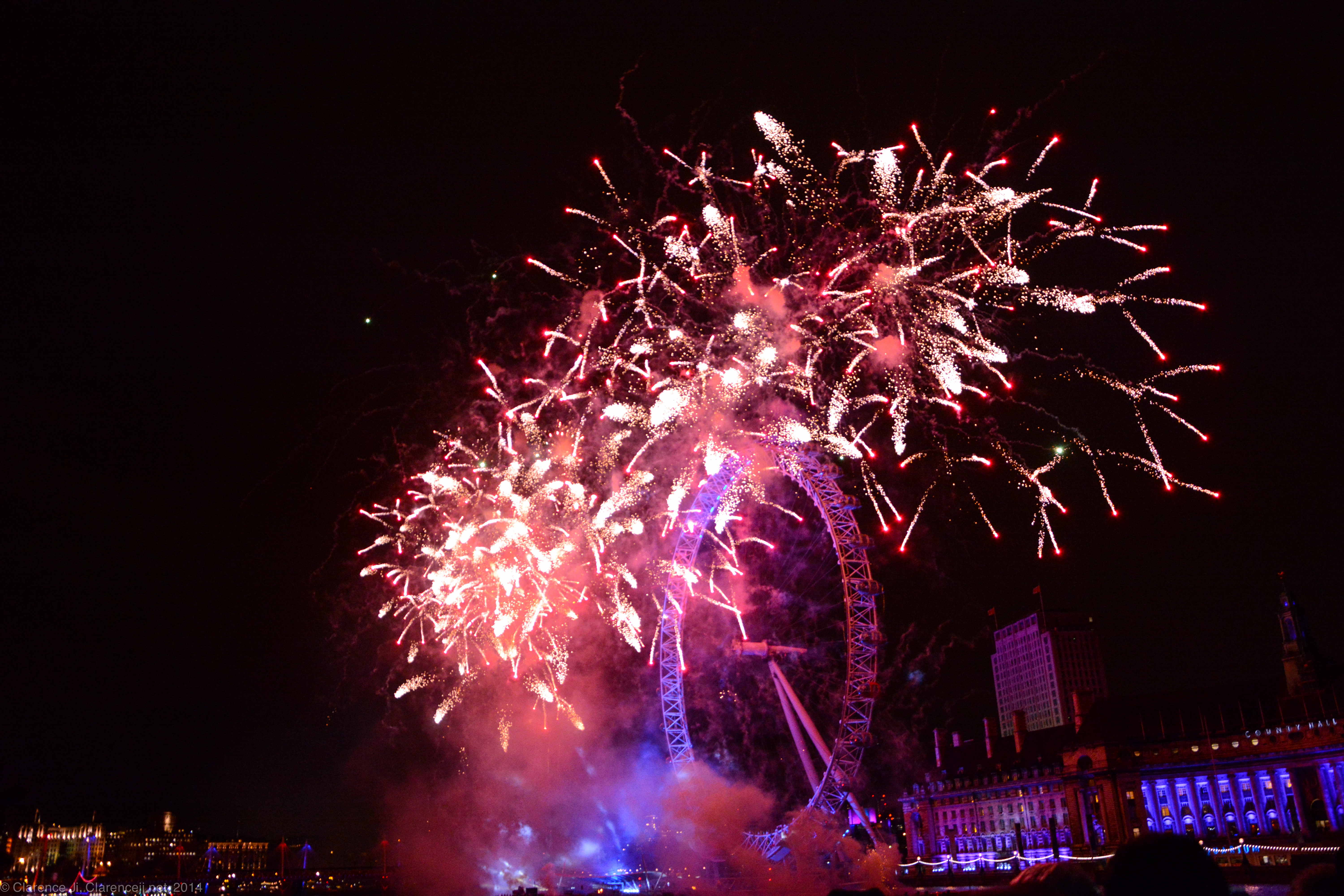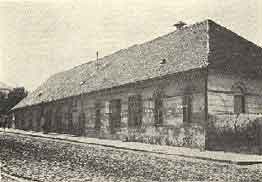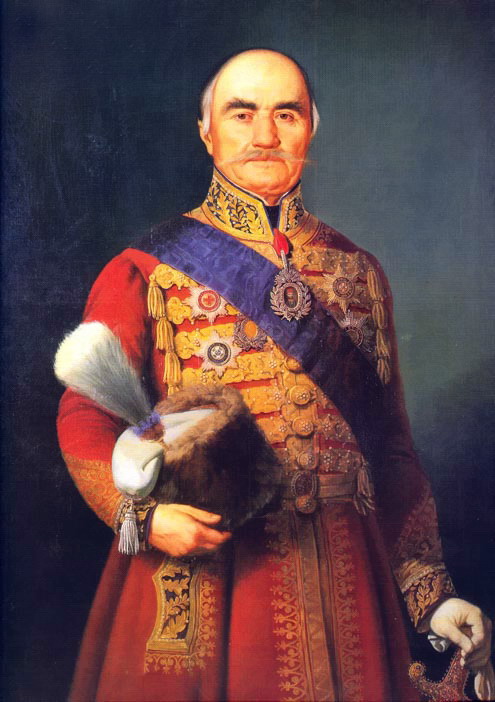|
Cabinet Of Jakov Nenadović
The cabinet of Jakov Nenadović was formed on 31 December 1810 after the dismissal of Mladen Milovanović. It held office until 11 January 1811, when it was dismissed and replaced by the Cabinet of Karađorđe Petrović, cabinet of Đorđe Petrović, who was also the head of state of Revolutionary Serbia at the time. Timeline On the New Year's Day in 1810, voivode Jakov Nenadović brought in around six hundred armed men into the Assembly of Uprising Champions in order to force Karađorđe to dismiss Milovanović as the president of the Governing Council. Nenadović succeeded and successfully became the president of the Governing Council. With the National Assembly (Serbia), Assembly of Uprising Champions, it represented the authority in Revolutionary Serbia. The government organized and supervised the administration, economy, judiciary, foreign policy, order, and the supply of arms for Serb forces. The government's headquarters were in Belgrade. Composition Considering that ... [...More Info...] [...Related Items...] OR: [Wikipedia] [Google] [Baidu] |
Jakov Nenadović
Jakov Nenadović ( sr-cyr, Јаков Ненадовић; 1765–1836) was a Serbian voivode and politician who served as the Prime Minister of Serbia, prime minister of Serbia from 31 December 1810 to 22 January 1811. He was the first Serbian interior minister. Nenadović was the most influential figure in Serbia at the time beside Karađorđe, his greatest rival, and Janko Katić. Life Jakov was the younger brother of Aleksa Nenadović (1749–1804), a Serbian nobleman who held a province around Valjevo. He was grandnephew of Grigorije Nenadović, metropolitan of Raška, Serbia, Raška and Valjevo. His brother was executed in the Slaughter of the Dukes on January 31, 1804, which sparked the First Serbian Uprising. Jakov immediately joined the Serbian rebels, and after the victory in Svileuva (1804) he became one of the most distinguished commanders and persons of western Serbia. He acquired his ammunitions and weapons from Syrmia, then part of Austria. In March 1804, he attacke ... [...More Info...] [...Related Items...] OR: [Wikipedia] [Google] [Baidu] |
Karađorđe
Đorđe Petrović (; ; – ), known by the sobriquet Karađorđe (; ), was a Serbian revolutionary leader who led a struggle against the Ottoman Empire during the First Serbian Uprising. He held the title of Grand Vožd of Serbia from 14 February 1804 to 3 October 1813. Born into an impoverished family in the Šumadija region of Ottoman Serbia, Karađorđe distinguished himself during the Austro-Turkish War of 1788–1791 as a member of the Serbian Free Corps, a militia of Habsburg and Ottoman Serbs, armed and trained by the Austrians. Fearing retribution following the Austrians' and Serb rebels' defeat in 1791, he and his family fled to the Austrian Empire, where they lived until 1794, when a general amnesty was declared. Karađorđe subsequently returned to Šumadija and became a livestock merchant. In 1796, the rogue governor of the Sanjak of Vidin, Osman Pazvantoğlu, invaded the Pashalik of Belgrade, and Karađorđe fought alongside the Ottomans to quash the inc ... [...More Info...] [...Related Items...] OR: [Wikipedia] [Google] [Baidu] |
Cabinet Of Mladen Milovanović
The cabinet of Mladen Milovanović was formed in April 1807. It held office until 31 December 1810, when it was dismissed and replaced by the cabinet of Jakov Nenadović. Timeline The government of Serbia, known then as the Serbian Governing Council ( sr-cyrl, Правитељствујушчи совјет сербски, Praviteljstvujušči sovjet serbski; ), was formed in 1805. Dukes Jakov Nenadović, Matija Nenadović, Milan Obrenović, and Sima Marković, with the assistance of Adam Jerzy Czartoryski, the minister of foreign affairs of the Russian Empire, proposed the creation of a government in order to limit Karađorđe's powers. Karađorđe accepted the formation of the government on conditions that the government would help him with military and foreign policy. With the Assembly of Uprising Champions, it represented the authority in Revolutionary Serbia. The government organized and supervised the administration, economy, judiciary, foreign policy, order, and the s ... [...More Info...] [...Related Items...] OR: [Wikipedia] [Google] [Baidu] |
Cabinet Of Karađorđe Petrović
Cabinet or The Cabinet may refer to: Furniture * Cabinetry, a box-shaped piece of furniture with doors and/or drawers * Display cabinet, a piece of furniture with one or more transparent glass sheets or transparent polycarbonate sheets * Filing cabinet, a piece of office furniture used to file folders * Arcade cabinet, a type of furniture which houses arcade games Government * Cabinet (government), a council of high-ranking members of government * Cabinet, term used for government entities that report directly to the governor's office in the state of Kentucky, US * War cabinet, typically set up in wartime Equipment * Loudspeaker enclosure * Computer case * A slotted screwdriver blade type * Serving area interface or telecoms cabinet Media * ''The Cabinet'' (TV series), an Australian political program * Cabinet (file format), a computer compressed file extension * ''Cabinet'' (magazine), on art and culture * ''Cabinet'' (album), by Spawn of Possession * '' Milford C ... [...More Info...] [...Related Items...] OR: [Wikipedia] [Google] [Baidu] |
Mladen Milovanović
Mladen Milovanović ( sr-cyrl, Младен Миловановић; – 1823) was a Serbian merchant and politician who served as the prime minister of Serbia from 1807 to 1810. A notable voivode during the First Serbian Uprising, he briefly served as a representative in the cabinet of Matija Nenadović and was the first minister of defence A ministry of defence or defense (see spelling differences), also known as a department of defence or defense, is the part of a government responsible for matters of defence and military forces, found in states where the government is divid ... from 1811 to 1813. Biography Born to Drobnjak clan ancestry, he became a wealthy merchant prior to the first uprising in goods trading. He had a strong influence on Karađorđe, Karadjordje. After the defeat of Serbia, he went abroad, and in 1814 arrived in Khotyn, then part of the Imperial Russia, where he remained until 1821. Milovanović was one of the wealthiest people in Serbia of his tim ... [...More Info...] [...Related Items...] OR: [Wikipedia] [Google] [Baidu] |
Revolutionary Serbia
Revolutionary Serbia (), or Karađorđe's Serbia (), refers to the state established by the Serbian revolutionaries in Ottoman Serbia ( Sanjak of Smederevo) after the start of the First Serbian Uprising against the Ottoman Empire in 1804. The Sublime Porte first officially recognized the state as autonomous in January 1807, however, the Serbian revolutionaries rejected the treaty and continued fighting the Ottomans until 1813. Although the first uprising was crushed, it was followed by the Second Serbian Uprising in 1815, which resulted in the creation of the Principality of Serbia, as it gained semi-independence from the Ottoman Empire in 1817. Political history First Serbian Uprising Stratimirović's Memorandum *Stratimirović's Memorandum (1804) Ičko's Peace Between July and October 1806 Petar Ičko, an Ottoman ''dragoman'' (translator-diplomat) and representative of the Serbian rebels, negotiated a peace treaty known in historiography as " Ičko's Peace". Ičko had been ... [...More Info...] [...Related Items...] OR: [Wikipedia] [Google] [Baidu] |
New Year's Day
In the Gregorian calendar, New Year's Day is the first day of the calendar year, January 1, 1 January. Most solar calendars, such as the Gregorian and Julian calendars, begin the year regularly at or near the December solstice, northern winter solstice. In contrast, cultures and religions that observe a lunisolar or lunar calendar celebrate their Lunar New Year at varying points relative to the solar year. In pre-Christian Rome, under the Julian calendar, the day was dedicated to Janus, god of gateways and beginnings, for whom January is also named. From Roman times until the mid-18th century, the new year was celebrated at various stages and in various parts of Christian Europe on 25 December, on 1 March, on 25 March and on the Date of Easter, movable feast of Easter. In the present day, with most countries now using the Gregorian calendar as their civil calendar, 1 January according to Gregorian calendar is among the most celebrated of public holidays in the w ... [...More Info...] [...Related Items...] OR: [Wikipedia] [Google] [Baidu] |
National Assembly (Serbia)
The National Assembly ( sr-Cyrl-Latn, Народна скупштина, Narodna skupština, ), fully the National Assembly of the Republic of Serbia (), is the unicameral legislature of Serbia. The assembly is composed of 250 deputies who are proportionally elected to four-year terms by secret ballot. The assembly elects a president (speaker) who presides over the sessions. Wikisource: Constitution of Serbia The National Assembly exercises supreme legislative power. It adopts and amends the Constitution, elects Government, appoints the Governor of the National Bank of Serbia and other state officials. All decisions are made by majority vote of deputies at the session at which a majority of deputies are present, except for amending the Constitution, when a two-thirds majority is needed.National Assembly of SerbiaInformer (This text is in the public domain as the official material of the Republic of Serbia state body or a body performing public functions, under the terms of ... [...More Info...] [...Related Items...] OR: [Wikipedia] [Google] [Baidu] |
Belgrade
Belgrade is the Capital city, capital and List of cities in Serbia, largest city of Serbia. It is located at the confluence of the Sava and Danube rivers and at the crossroads of the Pannonian Basin, Pannonian Plain and the Balkan Peninsula. The population of the Belgrade metropolitan area is 1,685,563 according to the 2022 census. It is one of the Balkans#Urbanization, major cities of Southeast Europe and the List of cities and towns on the river Danube, third-most populous city on the river Danube. Belgrade is one of the List of oldest continuously inhabited cities, oldest continuously inhabited cities in Europe and the world. One of the most important prehistoric cultures of Europe, the Vinča culture, evolved within the Belgrade area in the 6th millennium BC. In antiquity, Thracians, Thraco-Dacians inhabited the region and, after 279 BC, Celts settled the city, naming it ''Singidunum, Singidūn''. It was Roman Serbia, conquered by the Romans under the reign of Augustus and ... [...More Info...] [...Related Items...] OR: [Wikipedia] [Google] [Baidu] |
Prime Minister Of Serbia
The prime minister of Serbia ( sr-Cyrl, премијер Србије, premijer Srbije; feminine gender, feminine: премијерка/premijerka), officially the president of the Government of the Republic of Serbia ( sr-Cyrl, председник Владе Републике Србије, predsednik Vlade Republike Srbije; feminine: председница/predsednica) is the head of the government of Serbia. The role of the prime minister is to direct the work of the government, and submits to the National Assembly (Serbia), National Assembly the Government policy statement, government's program, including a list of proposed Minister (government), ministers. The resignation of the prime minister results in the dismissal of the government. The first officeholder was Matija Nenadović, who became prime minister on 27 August 1805. The current prime minister, Đuro Macut was nominated by the President of Serbia, president of the Republic, Aleksandar Vučić, and elected and appoi ... [...More Info...] [...Related Items...] OR: [Wikipedia] [Google] [Baidu] |
Pavle Popović (revolutionary)
Pavle Popović (c. 1750 – 8 December 1816) was a Serbian warrior, diplomat, and politician. He was a representative in the cabinets of Matija Nenadović, Mladen Milovanović, and Jakov Nenadović. He participated in the First and Second Serbian Uprising and was a member of the People's Office in Belgrade. He was born in Vranić, where he was a village prince (''kmet'') and he participated in the fighting against the janissaries of the Ottoman Empire administration in the Belgrade ''pashaluk'' around 1800. In 1804 he took part in the fighting, and from 1805 was a member of the Governing State Council for the Belgrade ''Nahiya'' and a member of the Grand Provincial Court (Supreme Court) from 1811. Popović and other members of the Governing State Council became recipients of the coveted Order of St. Anna, 2nd degree, from Russian Tsar Aleksandar I in 1811. The decoration also included a title of the Russian hereditary court and free schooling for children in Russian military c ... [...More Info...] [...Related Items...] OR: [Wikipedia] [Google] [Baidu] |
Janko Đurđević
Janko Đurđević ( sr-Cyrl, Јанко Ђурђевић; c. 1770 – 1828) was a representative of the Smederevo nahiyah in the cabinets of Matija Nenadović, Mladen Milovanović, and Jakov Nenadović. He was a member of the Great Federal Court (Supreme Court) from 1811. Biography Janko Đurđević was born around 1770 in Konjska Reka, near Bajina Bašta, Serbia, at a time when, during Karađorđe's Serbia, it was part of the Danube principality of the Smederevo nahija. He was a legal advisor during the time of Karađorđe. In 1813, he fled to Austria and then emigrated to Imperial Russia where he died in 1828. His contemporaries, Vuk Karadžić, Matija Nenadović, and Lazar Arsenijević mention him in their respective memoirs. His son Paun Janković (1808-1865) was acting Prime Minister of Serbia in 1840. Sources * Milan Đ. Milićević, ''Pomenik znamenitih ljudi u srpskog narodu novijega doba,'' Vol 1 (Belgrade, 1888) * Milan Đ. Milićević,''Kneževina Srbija'' (Belg ... [...More Info...] [...Related Items...] OR: [Wikipedia] [Google] [Baidu] |






